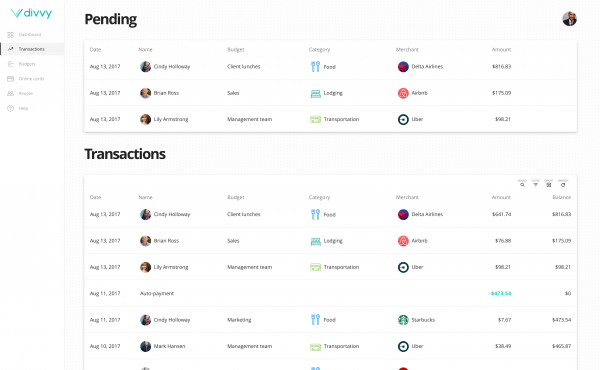


He and his wife, Pam, closed on their home 15 months ahead of schedule, for $172,000. Alexander, a teacher in Atlanta, couldn’t be happier. The pains and the progress Divvy has made are typified by the experiences of two educators in two cities. And the company has been involved in several dozen eviction cases, although many were eventually resolved or stayed because of eviction moratoriums put in place as a result of the coronavirus pandemic. In one area, Divvy is as likely to have sold to an outside buyer as to the tenant who picked out the home. Some clients complain of high costs and maintenance problems. Nash, have closed on their homes ahead of schedule and see Divvy as making good on its promise of offering a new path to homeownership.īut Divvy is also showing a few of the industry’s familiar warts. Its first round of three-year leases will soon expire, and those clients must make buy or back-out decisions. “We did some research on it because we were skeptical and worried we might get scammed,” said Nash Alexander, who closed on his home earlier this year. And would-be homeowners are offered services to help them get the mortgage they’ll need, while Divvy holds on to the extra money they put aside each month for a down payment.Īlready, some once-wary clients are convinced. The sale price is locked in at the start of the lease, and they can get a discount for buying early. Instead of offering clients a meager selection of rundown homes to pick from, Divvy allows them to select a property on the open market. Financially vulnerable people seeking a piece of the American dream often end up swindled for money and property improvements, then booted on to the street.ĭivvy Homes, founded three years ago and backed by highflying Silicon Valley investors, has said it aims to change all that. Please find the link to access the dashboard below.With high eviction rates, substandard properties and shady legal practices, rent-to-own home businesses are one of the darkest corners of the real-estate world. We encourage you to explore these dashboards to discover your own insights. Finally, the 'Stations' dashboard offers geo-location charts that allow users to identify areas with high traffic. The second dashboard, 'Distributions', provides deeper analysis by displaying the distribution of trips at various granular levels. The first dashboard, 'Overview', provides an overview of general member behaviors, including popular stations and riding patterns. Our product includes three dashboards that offer different levels of analysis regarding the relationships between annual and casual members. Create Dashboards (Google Data Studio: Looker).Transform and prepare data for visualization: (dbt).Move data from GCS to BigQuery: (GCP) or (Python, Airflow, Docker).Extract data from web, upload data to GCS: (Python, Airflow, Docker).Google Cloud project set up, Cloud bucket configuration: (GCP, Terraform).The end-to-end process of the project is as follows: DBT Cloud: Transform and prepare data for visualization.
#DIVVY REVIEW CODE#
Terraform: Infrastructure as code (IaC) - creates project configuration for GCP to bypass cloud GUI.Google Data Studio (Looker): provides visualization.Google Bigquery: organizes data (Data warehouse).Google Cloud Storage (GCS): stores raw data (Data Lake).The project leverages the following technologies for its implementation: The neighborhood dataset can be accessed at: link-to-neighborhood-dataset. To obtain neighborhood information for each trip's start and end location, we utilize additional datasets.

The dataset can be accessed at: link-to-dataset. Rider type (Member, Single Ride, and Day Pass).The Divvy Historical Trip Data comprises anonymized trip records that contain the following information: Please follow the instructions provided in the tutorial to execute the code in this repository or to customize the environment for your own projects. To facilitate the replication of this environment, we have provided a comprehensive step-by-step tutorial for interested users. Unlike the previous project, data is stored and computations are conducted on the cloud through the utilization of Google Cloud Platform (GCP) to create a data pipeline for analysis.

This repository aims to automate the analysis and investigation of Divvy's bikeshare project, as previously conducted and documented here: Divvy's bikeshare project.


 0 kommentar(er)
0 kommentar(er)
